Introduction to Jaggery
Jaggery is a traditional unrefined sugar widely used in various cultures, especially in countries such as India, Pakistan, and Bangladesh. It is primarily derived from the sap of sugar cane or the date palm tree. The process of jaggery production involves boiling the extracted juice until it thickens and solidifies, resulting in a versatile sweetener that can be found in various forms, including cones, cubes, and powders. Unlike refined sugars, which undergo extensive processing and often lose their natural nutrients, jaggery retains many of its beneficial minerals and vitamins, making it a more healthful alternative.
Culturally, jaggery holds significant importance. In India, it is often used in traditional sweets and dishes during festivals and special occasions, such as Pongal, Diwali, and Makar Sankranti. In addition to its culinary uses, jaggery is also recognized in folk medicine. It is believed to have numerous health benefits, including aiding digestion, boosting energy, and providing detoxification. These attributes have contributed to its resurgence among health-conscious consumers seeking natural sweeteners devoid of chemical additives.
From a nutritional standpoint, jaggery boasts a rich profile that includes iron, magnesium, potassium, and various B vitamins. This composition not only differentiates it from regular white sugar but also highlights its potential health benefits. For instance, the presence of iron in jaggery tends to improve hemoglobin levels in the blood, while its high mineral content supports overall health and wellness.
As more individuals adopt a lifestyle focused on natural and wholesome ingredients, jaggery is increasingly being integrated into contemporary recipes, thereby bridging traditional cooking methods with modern gastronomy. This growing trend underscores the need for a deeper understanding of jaggery, its varieties, and its broader implications in everyday dietary practices.
Different Types of Jaggery
Jaggery, a traditional sweetener derived from sugarcane and date palm sap, is available in various forms, each with unique characteristics and applications. Among the popular varieties, cone jaggery, cube jaggery, desi jaggery, and Kolhapuri jaggery stand out for their distinct flavors and regional significance.
Cone jaggery, often referred to as ‘gud,’ is a traditional form characterized by its conical shape. It is typically unrefined and retains a rich brown color, signifying minimal processing. Cone jaggery is appreciated for its earthy sweetness, making it ideal for traditional Indian sweets and savory dishes. Its production involves boiling the sap derived from sugarcane until it thickens and is then poured into cone-shaped molds to set. This method preserves its nutritional content, enriching the diet with minerals such as iron and calcium.
On the other hand, cube jaggery, which is produced by cutting the hardened jaggery into cube shapes, offers convenience for everyday use. This form of jaggery is often used in households for sweetening beverages and is particularly favored for its portability, making it easy to incorporate into daily cooking. The cubes dissolve readily, making them a practical option for various recipes.
Desi jaggery is known for its artisanal production method, predominantly found in rural regions across India. This variety is often made from sugarcane juice boiled for longer durations, resulting in a deep amber color and robust flavor. Its taste varies regionally, influenced by the local farming practices and sugarcane varieties used. Desi jaggery is typically used as a sweetener in daily meals and is believed to have numerous health benefits.
Lastly, Kolhapuri jaggery, hailing from the Kolhapur region in Maharashtra, is celebrated for its distinct taste and texture. This variety often contains additional ingredients like sesame and peanuts, enhancing its flavor profile. Kolhapuri jaggery is sought after not only for its unique taste but also for its role in traditional sweets, particularly during festivals.
In summary, each type of jaggery, from cone to Kolhapuri, showcases the rich diversity within this natural sweetener, reflecting regional practices and culinary preferences. Understanding these forms enhances appreciation for jaggery and its versatile use in cooking.
Foodea’s Jaggery Offerings
Foodea has established itself as a reputable source for high-quality jaggery products, catering to a variety of consumer preferences. The brand specializes in several types of jaggery, including cone, cube, desi, and Kolhapuri variants, ensuring a diverse selection to meet the needs of different culinary applications. Each type of jaggery is meticulously crafted to maintain its natural flavor, texture, and nutritional benefits, making it a popular choice among health-conscious consumers.
The sourcing of Foodea’s jaggery is a testament to the brand’s commitment to quality and sustainability. They partner with local farmers who employ traditional methods of sugarcane cultivation, emphasizing organic practices that shun chemical fertilizers and pesticides. This ethical farming approach not only supports local agriculture but also ensures that the jaggery retains its wholesome properties. By prioritizing natural farming, Foodea is helping to promote biodiversity and sustainable ecosystems in sugarcane farming.
What sets Foodea apart in the jaggery market is its dedication to providing consumers with ethically sourced sweeteners. The brand’s transparent supply chain allows customers to trace the origin of their products, instilling confidence that they are making health-conscious choices. Additionally, Foodea’s jaggery is packed with vitamins and minerals, positioning it as a healthier alternative to refined sugars. With a rich taste profile, their various jaggery forms can enhance a multitude of dishes, from traditional Indian sweets to contemporary recipes.
In essence, Foodea not only offers a unique range of jaggery products but also embodies a commitment to ethical practices, quality, and nutrition. Their dedication to these principles provides consumers with the assurance that they are supporting responsible agriculture while enjoying the rich, natural sweetness of jaggery.
The Global Distribution Strategy
Foodea’s strategy for the global distribution of its jaggery products is meticulously designed to leverage the growing demand for natural sweeteners in international markets. As health-conscious consumers increasingly shift towards unrefined and organic alternatives, jaggery is poised to capture a significant share of the sweetener market. This shift is complemented by increasing awareness of jaggery’s nutritional benefits over refined sugars, including its potential advantages in promoting digestive health and providing essential vitamins and minerals.
To strategically expand its market presence, Foodea is focusing on partnerships with local distributors and retailers across various countries. These partnerships are essential for understanding regional consumer preferences and navigating the complexities of foreign markets. By aligning with established distributors familiar with the intricacies of local supply chains, Foodea aims to ensure seamless delivery of its cone, cube, desi, and Kolhapuri jaggery products. Furthermore, expanding its reach through e-commerce platforms allows Foodea to tap into a growing segment of consumers who prefer online shopping.
The challenges inherent in expanding globally cannot be overlooked. Regulatory compliance, fluctuating import-export tariffs, and varying quality standards across different countries may pose hurdles. Additionally, the competition from established sweetener brands can create barriers to entry. However, these challenges also present opportunities for Foodea to differentiate itself through targeted marketing initiatives that focus on the health benefits of jaggery, its organic certifications, and unique flavor profiles.
Marketing will play a crucial role in Foodea’s global distribution strategy. Utilizing social media campaigns, collaborations with health influencers, and participation in food expos can enhance brand visibility. By addressing both the opportunities and challenges, Foodea aims to ensure that its jaggery products achieve a prominent position in the global market, responding adeptly to evolving consumer demands for healthier sweetening alternatives.
Conclusion and Future Prospects
In recent years, jaggery has gained significant popularity as a traditional sweetener, transcending regional boundaries and appealing to a wider audience. The exploration of different forms of jaggery, such as cone, cube, desi, and Kolhapuri varieties, illustrates the rich diversity and cultural significance this natural sweetener holds across various communities. This blog post highlighted these unique characteristics and their meanings while illustrating their versatile uses in contemporary culinary practices.
Foodea has played a pivotal role in promoting jaggery on a global scale, ensuring that its rich heritage is not lost amid the growing shift towards processed sugars. By focusing on the authenticity and quality of jaggery products, Foodea has positioned itself as a key player in the market. This commitment not only supports local farmers but also educates consumers about the benefits of choosing jaggery over refined sugars. The nutritional advantages provided by jaggery, such as its mineral content and lower glycemic index, present a strong case for its inclusion in daily diets.
Looking ahead, several future trends in the jaggery market appear promising. Innovations in product development, such as jaggery-based snacks or health-focused formulations, are gaining traction among health-conscious consumers. As awareness grows regarding the benefits of natural sweeteners, the demand for jaggery is likely to rise. However, it is essential that these innovations maintain the authenticity of jaggery while appealing to new markets.
In conclusion, the journey of jaggery from traditional kitchens to modern-day culinary applications reflects its adaptability and significance. It will be essential for producers like Foodea to balance innovation with authenticity, ensuring that jaggery remains a cherished staple in households worldwide while also opening new avenues for growth in the evolving food market.

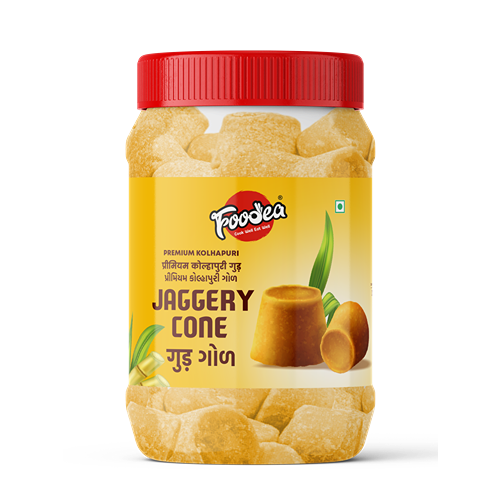
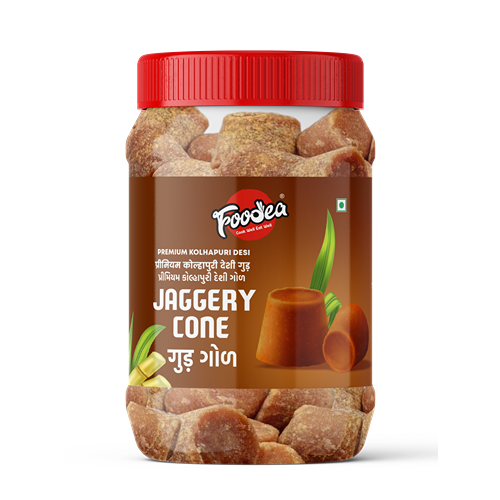

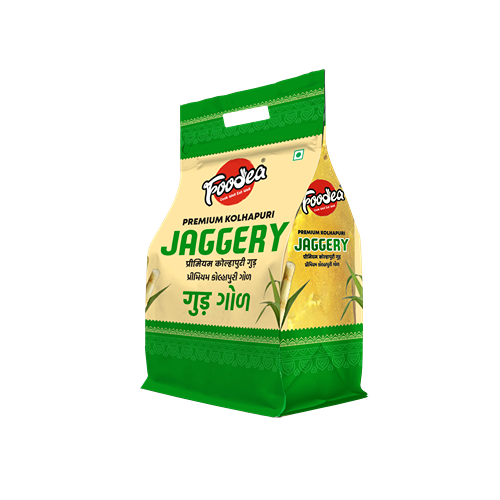










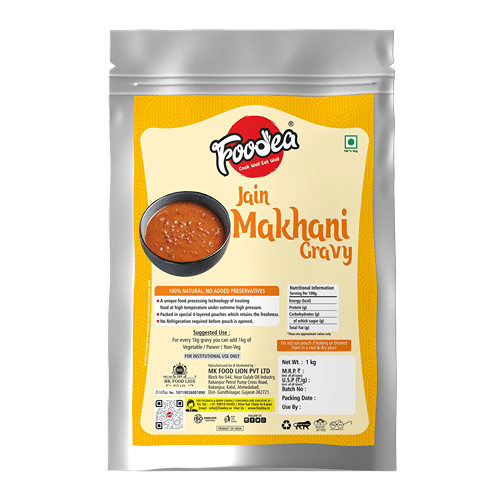
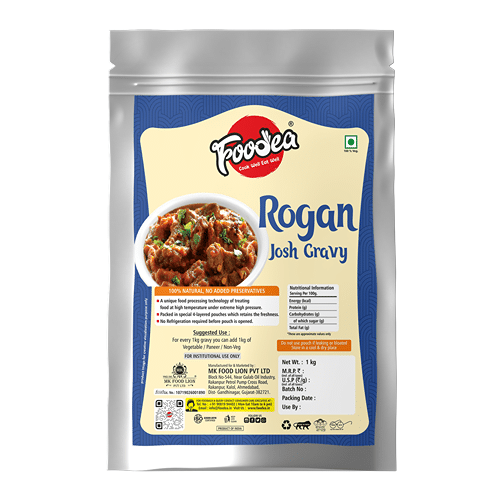


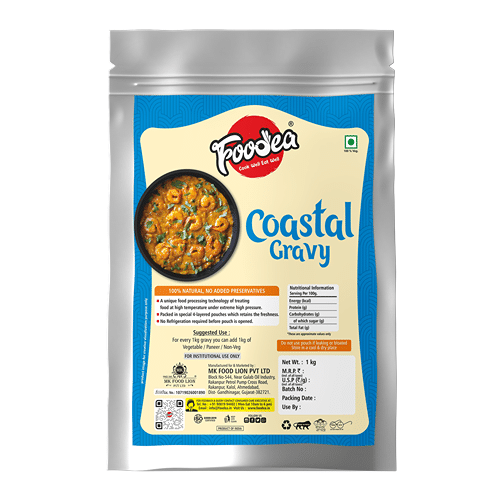
Reviews
Clear filtersThere are no reviews yet.